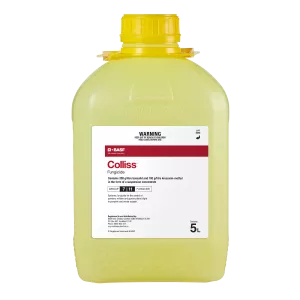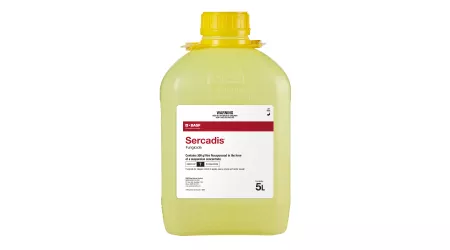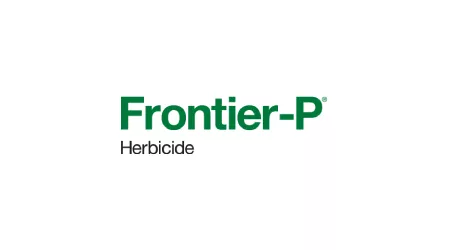Key benefits
- Dual mode of action treatment
- Powdery mildew treatment
- A realiable fungicide
How it works
Colliss® is locally systemic and translaminar to provide some protection to new growth. Thorough coverage of the crop is necessary for best results. Best results are obtained from protectant applications prior to the onset of infection.
Questions and Answers from the Field
-
How do you treat powdery mildew on pumpkin leaves?
Powdery mildew in pumpkins is caused by various types of fungi that thrive in both high humidity and dry conditions. To treat powdery mildew on pumpkin leaves, use BASF’s Collis fungicide, which is specifically formulated for the control of powdery mildew in pumpkin and winter squash.
-
How do you treat gummy stem blight?
Gummy stem blight is a fungal disease that can be treated with BASF’s Colliss fungicide. Colliss contains boscalid and kresoxim-methyl, providing dual action against the gummy stem blight fungus.
-
How do you prevent fungal diseases in squash crops?
Maintaining proper air circulation and avoiding excessive watering can help prevent fungal infections in squash plants. Fungicides like BASF’s Colliss can be used as a treatment option. For best results, BASF’s Colliss fungicide should be applied prior to the onset of infection for protective activity against diseases.
-
When should you apply fungicide on pumpkins?
The general guideline for fungicide application in pumpkins is when the plants are young and as soon as disease symptoms are noticed. BASF’s Colliss fungicide is recommended for this purpose, but the frequency of application will vary depending on the weather conditions and disease pressure.
-
What are the active ingredients in Colliss?
The active ingredients of Colliss fungicide are boscalid and kresoxim-methyl. Boscalid belongs to the carboxamide class of fungicides, or SDHI (Succinate Dehydrogenase inhibitors) - Group 7, and kresoxim-methyl belongs to the strobilurin type of fungicides, or QoI (Quinone outside Inhibitors) - Group 11.




